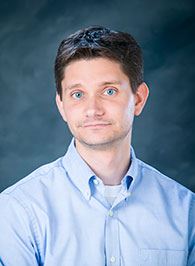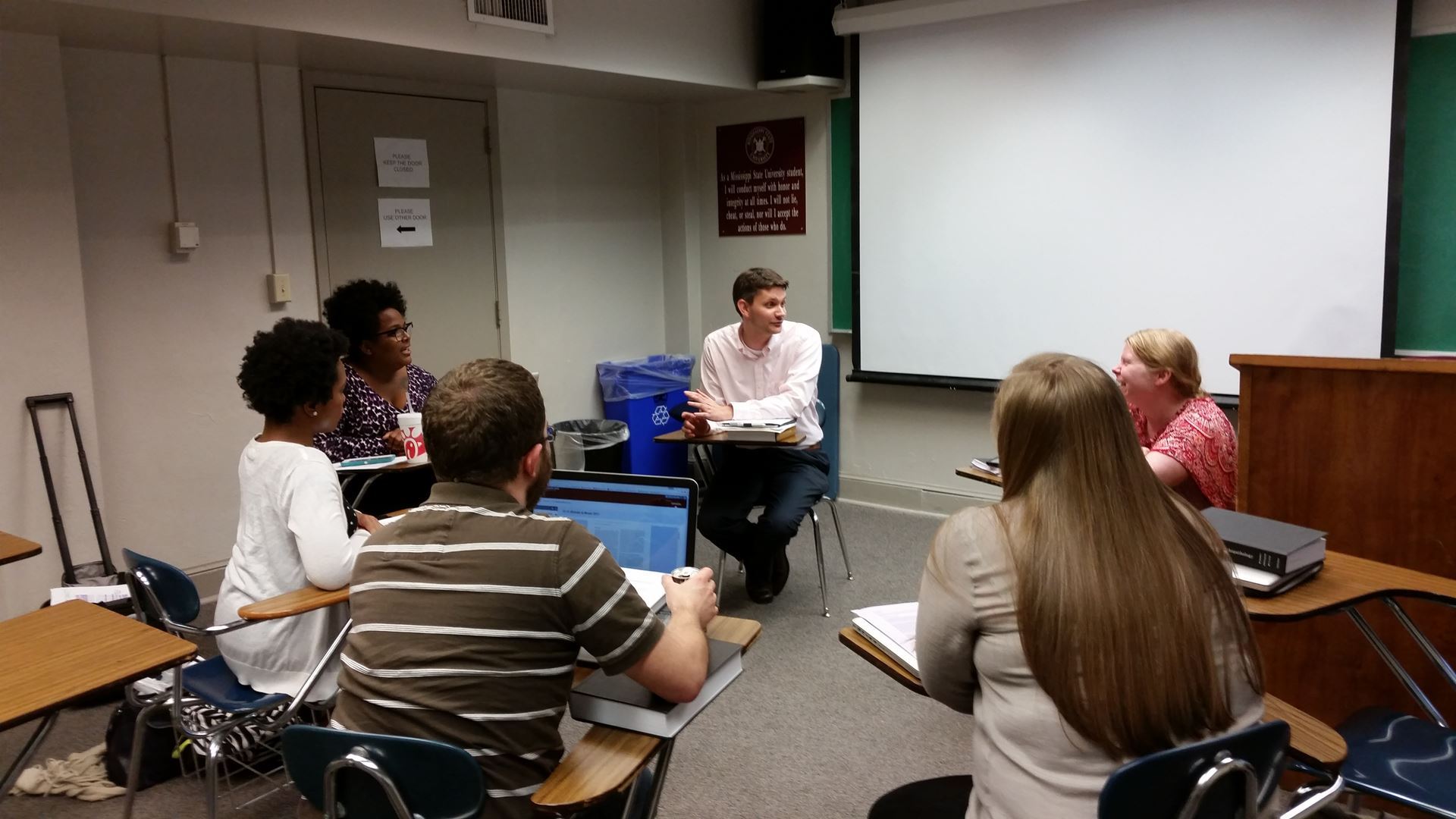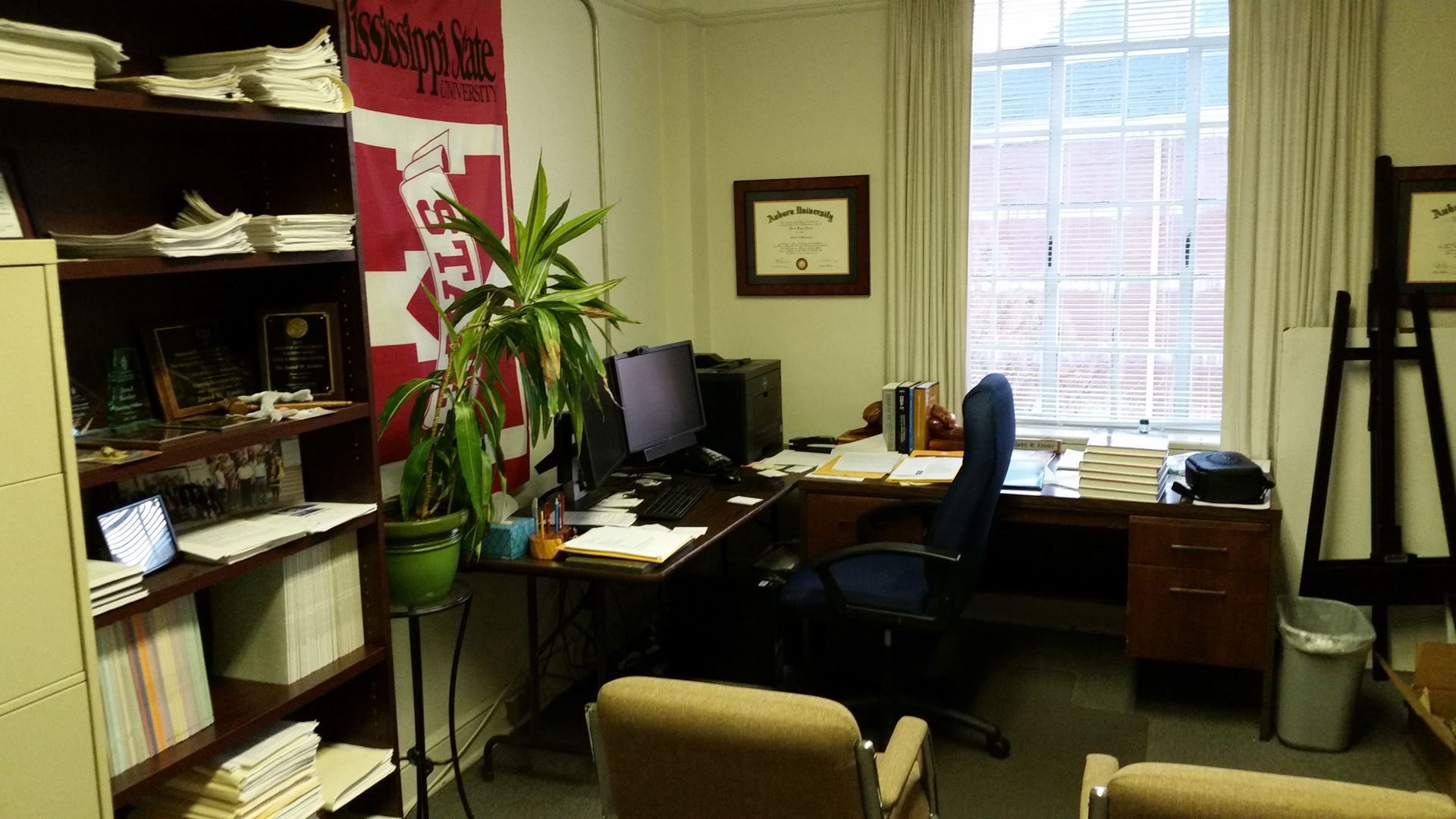 School name: Mississippi State University
School name: Mississippi State University
Type of school: Mississippi State University is a doctoral Very High Research Activity Land Grant institution, according to the Carnegie classification.
School locale: Starkville, MS, a rural town of about 20,000 people. The student population literally doubles the size of the town. We have around 400 undergraduate majors in psychology, and over 20 graduate students in PhD programs in Clinical Psychology and Cognitive Science.
Classes you teach: I have taught both undergraduate (General Psychology, Abnormal Psychology, Psychological Statistics, The Teaching of Psychological Statistics) and graduate (Psychopathology, Personality Assessment, Behavior Therapy, Clinical Practicum) courses.
What’s the best advice about teaching you’ve ever received?
The best advice I ever received about teaching was to be true to my own personality. When learning to teach, it is easy to attempt to emulate your favorite teachers and recreate the experiences you enjoyed most as a student. However, techniques that work for one teacher do not work for everyone. There is an interaction with your own personality, such that you need to find what works well for you. Some teachers are loud and boisterous comedians; others are quiet, reflective intellectuals. Finding a mechanism that best conveys your passion for the discipline and your strengths is the road to being a truly excellent teacher. We all have something that drew us to this profession. Identifying and communicating that passion is the best thing any teacher can do.
What book or article has shaped your work as a psychology teacher?
While many would not consider this a book on teaching, per se, Boyer’s Scholarship Reconsidered has had the most profound effect upon my teaching. I consider myself first and foremost a scientist; as such, I believe the scientific method has value for informing any of my professional activities, especially teaching. I strongly value a scholarly approach to my work, including evaluating my teaching by systematically operationalizing my goals, measuring outcomes, and evaluating data to inform my decisions. A key step is going to the literature to identify evidence-based techniques or assessments. As part of the field, I feel that I should participate in generating that literature, especially if what I have found in my own classroom could be beneficial for someone else. Thus, the scholarship of teaching and learning drives most aspects of what I do in the classroom.
Tell us about your favorite lecture topic or course to teach.
My favorite course is the one that many students seem to most dread: Psychological Statistics. The reason I adore this course is it is one of the rare times when we get to have an answer, versus generating another question or facing the ubiquitous conclusion “it depends.” Statistics is not about number crunching (although I believe uninspired instruction can make it so). Instead, it is learning a new way of thinking about the world. It is a perspective on how to answer a question and how to interpret the information around us. People intuitively use statistical concepts on a daily basis, but without making an understanding of those concepts explicit, we are prone to many interpretational and decision-making errors. My goal for the course is to help students be savvy consumers of information. I want them to be able to know when a number is misrepresenting a concept, or when they need more information to make a complete conclusion.
What teaching and learning techniques work best for you? (quizzes? homework? take home exams?)
Because of my goal for my Psychological Statistics course, my approach to the course focuses on application and interpretation from start (measurement of the construct and the properties of scales of measurement) to finish (decision making in the context of uncertainty and error). I utilize a low-tech approach to foster active learning: good ole’ fashioned worksheets. A class period involves a reciprocal interaction of didactic presentation paired with work on a problem, such that I introduce an idea and students work on pieces of it, cumulatively building until we have completed the analysis. The worksheet in class scaffolds students’ initial exposure to the material so that they can try it on their own for homework. It also doubles as their note taking, forcing students to engage with the most important concepts of the lesson. Because there is a worksheet every day, it serves as a convenient way to take attendance as well. The worksheets provide a valuable, low-stakes form of feedback, as I can see where students are struggling and what concepts may need to be revisited.
 Describe a favorite in-class activity or assignment.
Describe a favorite in-class activity or assignment.
One of my favorite activities in my Psychological Statistics class occurs when we work on the scales of measurement. I ask students to define the level of measurement (nominal, ordinal, interval, ratio) for a variety of seemingly straightforward variables, like color. We then discuss their answers and I present alternative conceptualizations of the variable that could fit. To continue with the example of color, most students readily state that it is a nominal variable (“Red is different from blue is different from yellow, and they are just different”). However, I then ask them about shades of color, and how they could blend into each other in a continuous gradation. I bring up the notion that color is light reflecting off of surfaces, and different colors correspond to different wavelengths of the electromagnetic spectrum. When conceptualized as a wavelength, color becomes a ratio variable, as the zero is meaningful (i.e., the absence of a wavelength). The activity forces students to recognize the active role they play in defining the nature of a variable, based upon their expectations and use of the variable, and how their measurement of the variable determines its properties. Another example is the rating of a Likert-type scale. We usually end up having a vigorous discussion about whether we can consider such ratings an ordinal or interval in scale, highlighting the fundamental difficulty of comparing responses between participants (Are they using the same starting points or internal scales as others?). We then generalize this idea to its implications for psychological research and what we know about common findings.
 What’s your workspace like?
What’s your workspace like?
I regularly get comments from my colleagues about the arrangement of my office. The institutional norm is to have a desk in the middle of the room with student and teacher sitting across from each other. I very purposefully moved my desk against the wall, so there is nothing between the student and I, and I have to turn away from other things (like my continually updating email) so my attention is not divided. I believe strongly in the importance of being accessible to my students, and something as simple as the arrangement of furniture can play a key role in that message. When these same colleagues ask about it, they are shocked to hear that students notice and appreciate the difference. They worry that the arrangement might invite a weakening of professional boundaries; however, I have found that appropriate boundaries are not set by the physical environment, but by my demeanor and the expectations I hold (both explicit and implicit). The benefits, on the other hand, include students feeling more of a connection with me and feeling that I am truly interested in their success, which increases their motivation to do well in the course.
Three words that best describe your teaching style.
Actively inquiring passion
What is your teaching philosophy in 8 words or fewer?
Guide students to think independently through active questioning
Tell us about a teaching disaster (or embarrassment) you’ve had.
One semester, at the request of my department head, I pilot tested an online homework system for my statistics class. A departmental committee, of which I was a part, wanted to look for ways to improve our statistics-research methods sequence. We investigated several options, and made an informed decision to select a program that looked like it would incorporate excellent pedagogical principles, such as promoting active learning and adapting to student learning needs. However, it was an abysmal failure. It continually crashed and I had no power to correct the system or help with technical issues. The built-in pedagogy became a crutch that students leaned upon to get a good grade on homework but left them unprepared for tests because they could not do it on their own. Student ratings at mid-semester were so bad that we agreed to abandon the system altogether.
What is something your students would be surprised to learn about you?
First, my students are always surprised about my age. Apparently I have a young face. Next, students are surprised that I am inherently an introvert. I get very excited about the things I teach, and they translate my enthusiasm into extroversion. If left to my own devices, I will happily blend into the background and watch others, rather than be the center of attention.
What are you currently reading for pleasure?
At the moment, I am reading Wicked after having the privilege of seeing the show on Broadway. However, if you examined my Kindle, you would find a plethora of fantasy novels. My most recent favorite has been Brandon Sanderson’s series The Stormlight Archive. It highlights fantasy’s defining feature better than any other series I have read: The readers are thrust into a world where the rules are entirely different from our own, and we must stumble along with the characters while trying to discern how it all works.
What tech tool could you not live without?
Most people who know me recognize that I am something of a technophobe, although that is not quite the right word. I am reluctant to adopt new technologies simply because they are new. I want to see what it will do that I cannot already do some other way. That said, I have become dependent upon my Surface Pro 3. I travel a fair amount, and it is far easier to lug around than any laptop. The touchscreen technology makes it far more intuitive to interact with, and it can do anything that an ordinary laptop can do.
What’s your hallway chatter like? What do you talk to colleagues about most (whether or not it is related to teaching/school)?
A group of faculty in my department go out to dinner every Friday night. Living in a small town, we have to make our own fun, and this dinner is the primary way we do so. It is an excellent chance to decompress about all the stresses of the week, to complain about our sorrows and rejoice in our successes. We talk about a little bit of everything, ranging from interesting things our students said or did to what is happening in our favorite TV shows.
